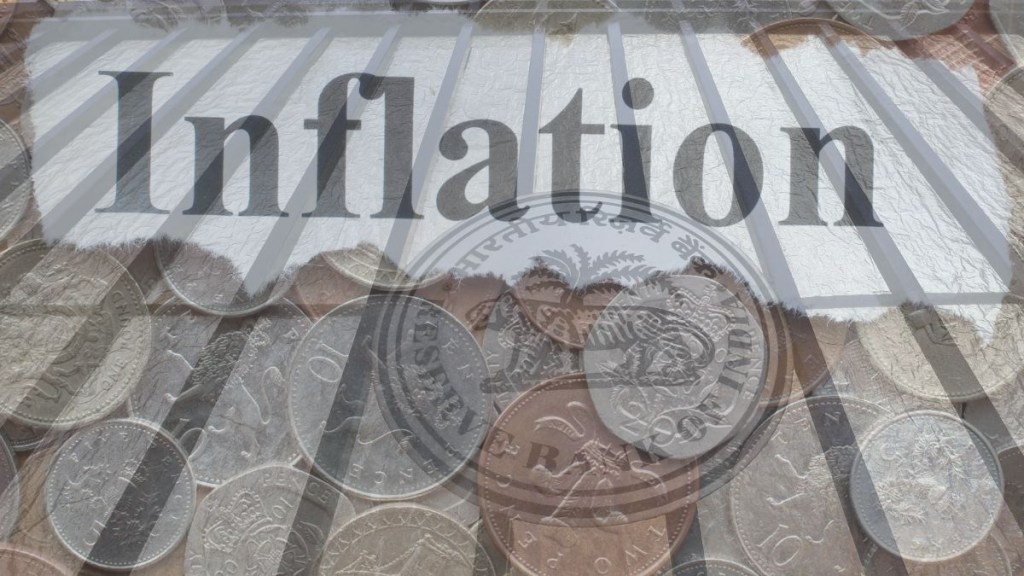The Reserve Bank of India’s (RBI) Monetary Policy Committee (MPC) lowered its Consumer Price Index (CPI) inflation projection forecast for FY26 to 3.1 per cent from its earlier forecast of 3.7 percent, despite Trump’s tariff threats. RBI Governor Sanjay Malhotra maintained that the central bank does not see any big impact on inflation from US tariffs.
Limited impact of US tariffs on India’s inflation
At the post-MPC presser, RBI Deputy Governor Poonam Gupta said that nearly half of the country’s inflation basket consists of food, which does not get impacted directly by global developments. “A significant part consists of non-tradeables, which again does not get impacted by global developments. So to that extent, a first-order direct impact of these evolving uncertainties on India’s inflation is likely to be very, very limited,” she said.
Experts remain cautious on future inflation risks
Madan Sabnavis, Chief Economist, Bank of Baroda, said that the central bank lowering its inflation forecast to 3.1 per cent is temporary. Inflation, he added, is expected to rise again to 4.4 per cent in Q4 and reach 4.9 per cent in Q1FY27 as the base effect fades. Core inflation, which reflects the underlying price pressures and is closely watched by policymakers, remains above 4 per cent, indicating that inflationary risks still persist, he said.
Madhavi Arora, Chief Economist, Emkay Global Financial Services, said, “Despite sharply lowering its inflation forecast to 3.1 per cent from 3.7 per cent earlier, RBI’s decision to keep rates steady emanates from their focus on one-year-ahead expected inflation that’s looking comfortably above 4 per cent, while growth in their view has held up well, despite global uncertainty.”
Sankar Chakraborti, MD & CEO, Acuité Ratings & Research Limited, said, “The RBI monetary policy suggests a hawkish stance while keeping the repo rate unchanged at 5.5 per cent but revising its CPI inflation forecast lower by 60 bps to 3.1 per cent. This decision remains in line to achieve the medium-term target for CPI inflation of 4 per cent while supporting growth.”
Inflation expected to rise moderately toward year-end
CPI headline inflation declined for the eighth consecutive month to a 77-month low of 2.1 per cent in June. This was driven primarily by a sharp decline in food inflation, led by improved agricultural activity and various supply side measures.
While announcing the outcome of the MPC meeting, Malhotra said that the inflation outlook for FY26 has become more benign than expected in June. The governor attributed the more benign inflation outlook to favourable base effects, healthy kharif sowing, adequate reservoir levels, and comfortable buffer stocks of food grains. The RBI now expects inflation to rise modestly to above 4 per cent in the fourth quarter of this fiscal year and beyond, as base effects turn unfavourable and recent policy-induced demand pressures take effect.
Macroeconomic stability and benign inflation underpin RBI’s policy stance
In a unanimous decision the central bank kept the repo rate unchanged at 5.5 per cent. Dr Manoranjan Sharma, Chief Economist, Infomerics Valuation and Ratings, said, “The RBI’ s August 2025 policy was formulated against the backdrop of Trump’s tariff tirade, global financial market volatility, stable 6.5 per cent macroeconomic growth in FY26, and inflation slackening to a 77-month low of 2.1 per cent in June. The inflation outlook for the year remains benign.”
Suvodeep Rakshit, Chief Economist, Kotak Institutional Equities, said, “We believe that the RBI will likely remain on a long pause as it focuses on the FY27 inflation trajectory and growth impulses remaining steady.”

